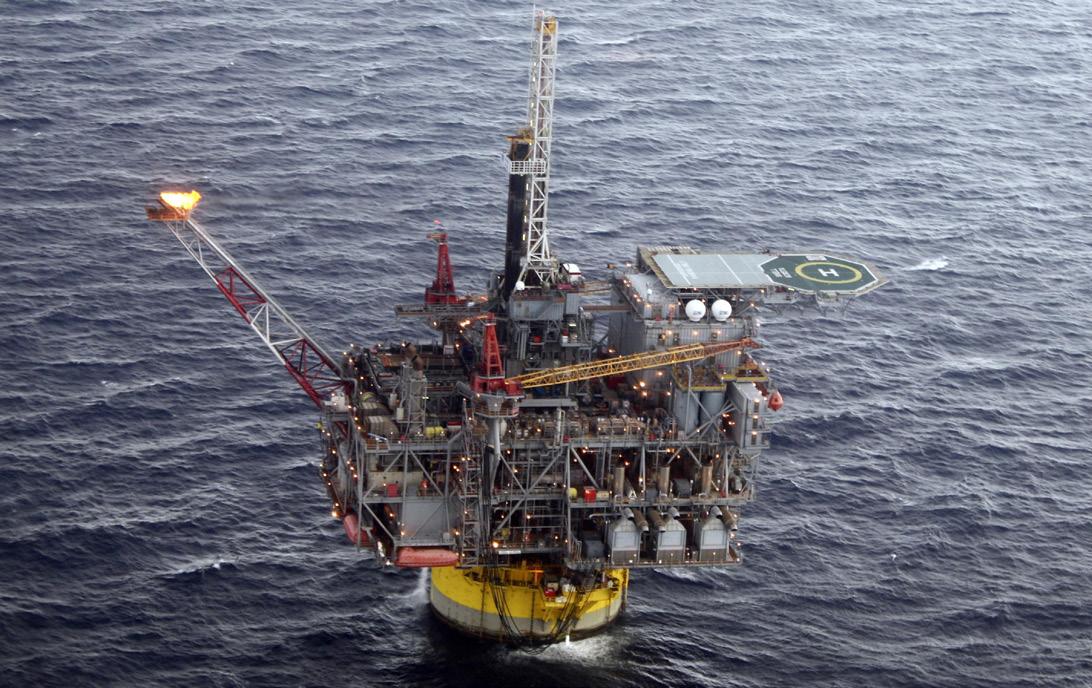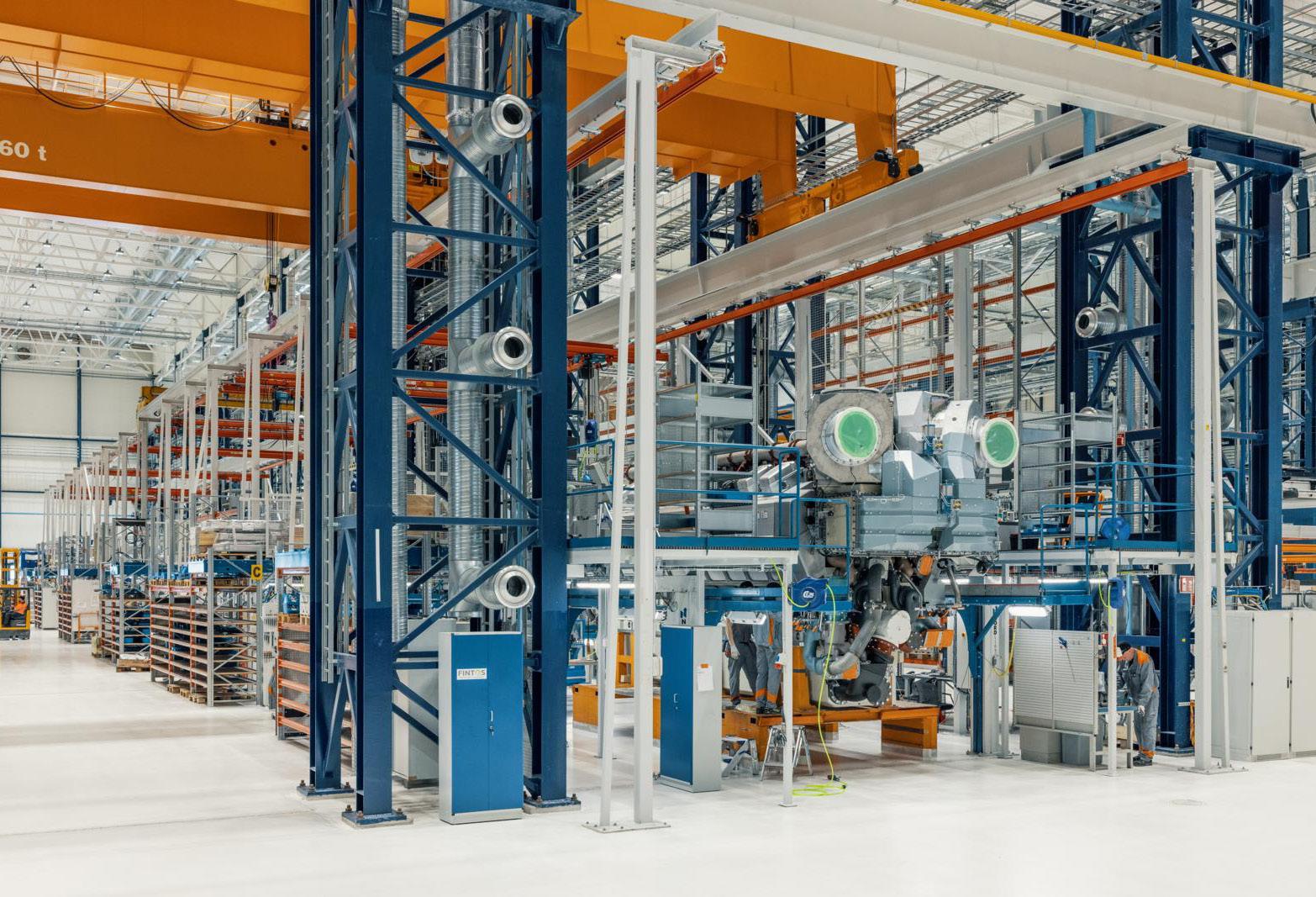Ballast Water Management Optimarin’s work to deliver key components Optimarin’s, headquartered in Norway, ability to leverage a flexible delivery model for key components for its BWM systems has been vital to overcome supply chain challenges to keep rolling out its in-demand product to clients amid rising orders. Disruption to the global supply chain has mainly been caused by the COVID-19 pandemic, leading to shortages of items like computer chips due to lockdowns, and the Ukraine crisis has created further bottlenecks that have hit shipping trade. However, Optimarin has a dual-supplier strategy in place that has enabled it to maintain efficient system deliveries even though supply capacity has been strained as demand has rebounded after the lifting of pandemic restrictions, explains executive vice president supply chain Karl Morten Skjæveland. “Optimarin operates a lean and highly integrated supply chain based on strong and close co-operation with a network of trusted and reliable suppliers. The company also has in-house control of the critical elements of the value chain, which makes the business scalable and flexible.” This has proven timely as Optimarin has seen increasing orders for its market-leading BWM system, due to the urgent need to retrofit thousands of vessels to achieve compliance with IMO ballast water regulations. The Norwegian BWM specialist has continued to be able to source high-quality components that underpin its well-engineered and robust system. Skjæveland says the company has a very efficient ordering process whereby parts orders are automatically placed with suppliers and shipped to a central warehouse in Luxembourg
Optimarin is maintaining BWM system deliveries in the face of supply chain challenges that have disrupted shipping trade
before onward shipment for installation and commissioning. The modular nature of the system means it can be transported in a compact form to minimise the environmental footprint of logistics and this also facilitates ease of installation on-board a vessel, he says. While the system is based on advanced technology, it remains easy to understand and operate using an intuitive touch-screen control panel, with a focus on simplicity, functionality and flexibility. The so-called Optimarin Ballast System (OBS) has backflushing filters and UV treatment, with separate UV chambers installed on two manifolds and flexibility to add chambers - each with 167 m3/hr capacity - for increased treatment capacity. The modular construction assures redundancy as individual chambers are shut down automatically in the event of a lamp failure in one of them so that the system can remain in operation while the lamp is replaced. There are also unique energy-saving features such as the flexibility to run the system at reduced capacity if required - for example, when using variable capacities for ballasting and deballasting - and a one-click function for stripping when the optimal number of UV lamps are in use. Its functionality has been further enhanced with the recent addition of the OptiLink BWM system - the first in the industry - that is a cloud-based solution for real-time monitoring of the BWM system with ship-to-shore data connectivity. This digital tool makes ballast water transfer more efficient for faster port turnarounds to reduce downtime and fuel consumption, while providing data transparency to aid regulatory compliance. It also facilitates condition monitoring of the system for proactive maintenance and interactive remote support. OptiLink is the latest innovation from Optimarin, which originally pioneered the first BWM system for shipping that was installed on the cruise ship Regal Princess in 2000, with the system being continually developed in collaboration with suppliers as part of a continuous product improvement programme. Looking to the future, Tore Andersen, Optimarin’s Executive Vice President Sales & Marketing said, “We have reached the stage whereby we are now looking at what we will do when the market will tail off. Up to 2024 is believed to be the peak years for BWM system installations – we have doubled the total number of installations this year compared with last year. A lot of ‘experts’ say there is 30,000 ships to be
Tor Andersen
fitted with such systems – but do not believe it will be that many. “Optimarin will become an after-sales service company – spare parts and service and we will continue with the newbuilding market – we have never sold so many systems for newbuildings as we have during this year. We have been particularly successful in picking up orders for ‘series’ newbuildings, such as Evergreen. “Meanwhile we are almost ready to start trials whereby we use our system in a different market. We have developed a ROV for hull cleaning and then we suck everything up into our system and then all the particles are separated and the water can then be pumped overboard. That will be the new industry for Oprimarin, especially in Norway where there is an extensive fish farming industry, which would suffer from such particles being discharged into the open sea. We have a co-operation with a Norwegian diving company. The system will allow the water from the ROV to be cleaned twice and then it will be fit to be pumped overboard. We are particularly looking at ships which have been sailing for two/three years”
Nigerian market for DESMI Denmark’s DESMI has sold solutions to Nigeria for more than 20 years – and it is now time
Volume 20 Issue 2 – Page 43














